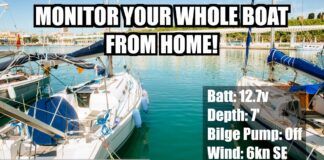An efficient, clean rainwater catchment isn’t just for cruisers venturing into remote areas. While biologically safe, many areas of the U.S. are served by well water that is not chlorinated, high in sulfate that makes it prone to going bad. When stored in the absence of oxygen, the sulfate becomes the preferred oxygen source for microorganisms and hydrogen sulfide is the byproduct. Only .05 parts per million (ppm) sulfide is required to make water distasteful. Even if the water at your next marina is fresh and sweet, filling from an unfamiliar source is always a roll of the dice.
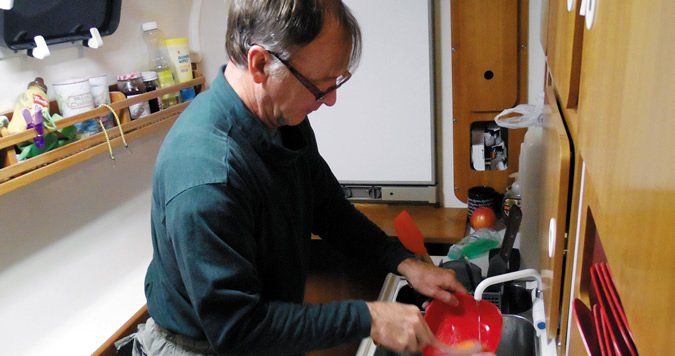
Photos by Drew Frye
In the process of researching a series of articles on filtration and water treatment for cruisers we pored over numerous studies and assessments of health impacts of drinking untreated rainwater from roof catchments on homes. Rainwater catchments and cisterns are common areas where rain is scarce or seasonal, or where geology precludes good wells. Many of our favorite islands rely greatly on rainwater.
The rainwater studies we found varied widely. Some studies took an alarmist view of any contamination, others blithely concluded that the contaminants found in rainwater had no measurable heath impact. In the U.S., the Centers for Disease Control cautions people against assuming all rainwater is safe to drink. (It also reminds people that in some U.S. states, it is illegal for individuals to catch rainwater).
The more serious boater-related cases of contamination we found did not originate the from rainwater. In one case, bacteria was found in rainwater that had been used for power-washing boats and re-circulated. In another study, several dead animals were found inside a large, poorly maintained cistern.
As described in the 2015, Practical Sailor recommends any water coming out of the tap go through a three-step treatment process. Filter to 1 micron all water that goes into the tank, chlorinate or maintain a chlorinated tank, and then filter to 0.5 micron though a carbon block filter before sending the water to the tap. While this would seem to surely eliminate any possible contamination of rainwater, we were curious. Perhaps our water-bound catchment system introduced contaminants that are not common to shore systems. When you consider the preponderance of bird droppings we find on our boats, our dark plunge into rainwater contamination no doesn’t seem like the rants of a sailor stricken by ombrophobia.
What We Tested
For this report, our tester spent a full year cruising the Chesapeake Bay area supported almost entirely with rainwater. The test boat, a catamaran, has 60 square feet of usable hardtop with gutters, convenient for catching rain. Given the average annual rainfall of the Chesapeake, we expected this system would yield about 1,500 gallons per year, or 4 gallons per day.
However, theres no guarantee of rain when you need it, and since the test boat had only 40 gallons of tankage for a four-person crew we knew wed probably have to supplement the rain with other water at some point. When this occurred, the sources were kept separate to avoid cross contamination.
How We Tested
We attached collection taps to the gutters of the hard top (see photos) and ran drain hose along the edge of the dodger and across the deck to the deck fill via our DIY Baja filter (A DIY Water Filter, Practical Sailor, April 2015). When the water is not needed, the hose is parked in a winch handle holder adjacent to the holding tank fill. Underway we remove the filter and replace the fill cap, but if needed, we can collect underway. To make the installation even more secure, the Baja filter is threaded into fit the boats filler pipe, which is 1-inch FPT.
We scrubbed the hard top and flushed out the collection lines anytime they appeared soiled, using a bit of freshwater and discarding the rinse. We chlorinated twice a month using Aqua Mega Tabs (see PS July 2015) but did not worry about chlorinating after every rain since some residual chlorine is always in the tank.
Although were supposed to discard the first few liters to flush the catchment system, we skipped this since it required that someone tend the system. As any good rain-catcher knows, the perfect laundry-day rainfall comes when no one is aboard. To further protect from any contamination, we put an NSF 53-rated carbon block filter (Pentek Floplus-10) that provided final filtration before the tap.
We tested three times for total coliform bacteria, both in the tank and at the tap. Coliform bacteria are an indicator of contamination by feces of warm-blooded animals, although coliform comes from many other sources and most are harmless. These can be further categorized as fecal coliform. The only likely source of contamination to our catchment system would be birds or, when at the dock, rodents.
We brought samples of water from home-tap, RO, and bottled water for occasional taste comparison.
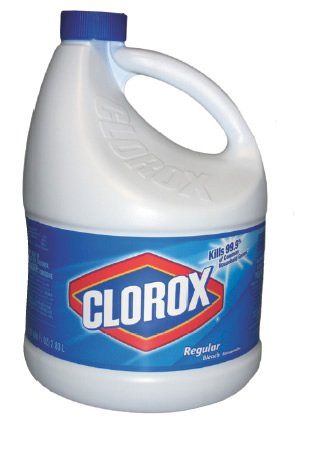
Rain Contaminants
The US Environmental Protection Agency and state health authorities publish lists of known contaminants, their dilution limits, and the treatment method to use should a tank become contaminated by one or more contaminants. Most contaminants on these lists are either unlikely to occur on boats or are removed by simple treatment, but you should nonetheless check with the local authorities so that you are aware of any particular risks in your area.
Heavy Metals. While water collected from metal roofs and in industrial areas may be exposed, boats are safe.
Turbidity and Dirt. Our 1 micron filter in the Baja filter, much finer than the 5 micron filters suggested in most rainwater manuals, will eliminate nearly all physical dirt and reduce the potential for tank sediment to less than most municipal water.
Accumulated Tank Solids. Whether using rainwater, well water, or municipal water, pre-filtration is always recommended, and tanks should be cleaned at least annually. All solids, including the most inert, prevent effective chemical disinfection and contribute to biological growth.
pH. The low pH of rainwater (typically 5-5.8) can give it slightly bitter taste. Rainwater is somewhat corrosive to copper tubing, but not enough to be a concern.
Organic Matter. If you intend to chlorinate the water, TOC (total organic carbon) must be below 4 ppm to avoid unwanted production of chlorinated byproducts. This requires clean decks. Our testing and agency testing in the US and Australia confirms this is achieved in well-maintained systems. Nitrates are a concern with chlorination, but nitrates always tested safe at <0.2 ppm. (Nitrates can become nitrosamines, suspected carcinogens.)
Fuel. Do not collect from areas near the fuel filler pipe.
Vent Screens. Protect from insects with 20-mesh screens. This is per plumbing code.
Minerals. Rainwater is naturally low in calcium, magnesium, iron, and other metals that give water much of its taste. Additionally, if rainwater or RO water is the sole source of drinking water, most health authorities suggest taking supplements for the missing elements. Note that some daily vitamins do not contain enough calcium and magnesium, since it is often in tap water.
Parasites and worms. Most bugs will be stopped by the 1 micron Baja filter, since over 95 percent are associated with dirt particles. Some of the smallest (giardia and cryptosporidium cysts) will pass into the tank where they may survive chlorination. However, they will not pass the 0.5 micron final filter before the tap, which is NSF 53 rated for cyst removal.
Bacteria. Greatly reduced by inlet filtration, nearly all bacteria will be inactivated by chlorination, and any survivors will be trapped by the final carbon block filter.
Viruses. These are deactivated by chlorination. Carbon block filter also fights viruses, removing them with electrostatic mechanisms. The carbon filter also gets rid of the chlorine taste.
Pesticides. This is only a concern if your marina is surrounded by fields or in an area that is actively sprayed for mosquito control.
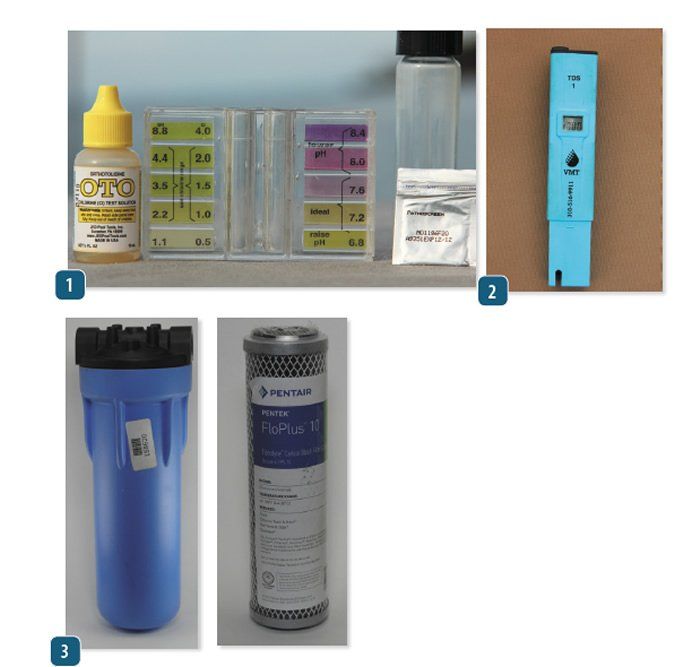
Observations
Avoid low spots in collection hoses. In addition to trapping stagnant water, each loop adds resistance that can significantly reduce the flow rate. The -inch fittings we used for our test were clearly too small, easily plugged by small debris. We debated clear vs. opaque hose. To assuage our curiosity we chose clear, but white potable water garden hose is probably the most cost effective choice. Algae has seemingly much less affinity to the white garden hose than it does for the varieties made of clear vinyl.
Use only plain water or diluted dishwashing soap to scrub the collection surface. Most other soaps contain
Bitrex, a nasty tasting substance added to discourage accidental poisonings. Although a tiny bit of soap wont hurt you, even a small amount in the tank will make the water taste bitter.
You can even use seawater to rinse, if its followed with a towel wipe down. The small amount of residual salt wont matter, particularly if you discard the first quart of rain. Keep your pre-filter clean and blast your fill hoses out with a dock hose periodically.
Coliform bacteria were never detected in the tank water, even before chlorination. We think the probable explanation is the sanitizing effect of sunlight and UV on clean white gelcoat. The World Health Organization has studied the sanitizing affect of UV on clean reflective surfaces and UV sanitizing of water in clean, clear bottles and found them both to be quite effective, killing more than 99% of bacteria and viruses within a few hours. Clean white gelcoat is a deluxe catchment compared to the many dirty, leaf-strewn, rooftops that provide drinking water to millions around the world.
Aquamega tabs (Keeping Water Clean and Fresh, Practical Sailor, July 2015) work particularly well for rainwater disinfection due to the extremely stable chlorine residual. Unlike bleach treated water, where the chlorine residual dissipates within a few days, the Aquamega chlorine is stabilized, resulting in a residual that lasts as much over a month, through multiple rains as long as the tanks is not completely emptied. We treated monthly.
Actual collection volumes
We measure rainfall in a graduated cylinder and compared that to actual collections over a period of 2 months. After allowing for splash-off and evaporation, we collected an average of 0.44 gallons per square foot-inch of rain, or about 70 percent of the rain that hit the roof. A good thunderstorm produced as much as 25 gallons of water in 30 minutes. While sailing we collected considerably more that the theoretical volume due to water draining off the mainsail onto the hardtop.
Weve heard a lot of tales of folks funneling rainwater directly into tanks. Given the amount of junk the Baja filter caught in a season-it typically clogged every few months-we think filtration is vital. Proper tank sanitation required cleanliness, and a layer of sediment will defeat all chlorination efforts. We hand launder the Baja filter in the galley sink. Prior industrial experience tells us that the micron rating will gradually increase with cleaning, that 5-10 scrubbings may be the practical limit, and thus scrubbing combined with UV damage limit filter element life to one year.
Most authorities suggest that the first flush, perhaps as much as 0.05-inch or rain, be discarded because it will be more contaminated. With the exception of salt (see adjacent article) were not so sure this is true for boats. On a house roof there will be considerable velocity toward the bottom edge of the roof and certainly in the gutters, but boat collection areas are quite small, the flow is in sheets and very slow, and we never noticed any difference from beginning to end.
In all cases, the water looked very clear even before filtering, and after filtration was indistinguishable from bottled water.
Conclusions
While not at all necessary for the coastal cruiser, installing the rain-catching hoses added a nice option and reduced our ties to expensive transient slips when we would rather anchor out anyway. The water is ascetically pleasing, tastes better, is biologically safe, and while it didnt always rain when we need it, like a farmer welcoming rain after a dry stretch, it gave us a reason to look forward to a little dampness. Unlike the softened water common in many coastal areas, it rinses cleanly, leaving you fresh after a shower and reducing water usage. To our testers surprise, his family preferred rainwater over tap water.
Although its not exactly a water maker, an installed rain collection system does have advantages in economy, minimal maintenance (no membrane pickling or flushing), bulk, weight, and power consumption. When not in use, simply take the hose out of the Baja filter and secure the fill. This is a low-tech resource made usable by modern water filtration technology for only $10 per year. Now thats sweet.
If you are serious about having clean water on board, check out our four-volume ebook “Water Treatment, Storage, and Production,” that covers everything from filtration to decontaminating a water tank to watermakers.
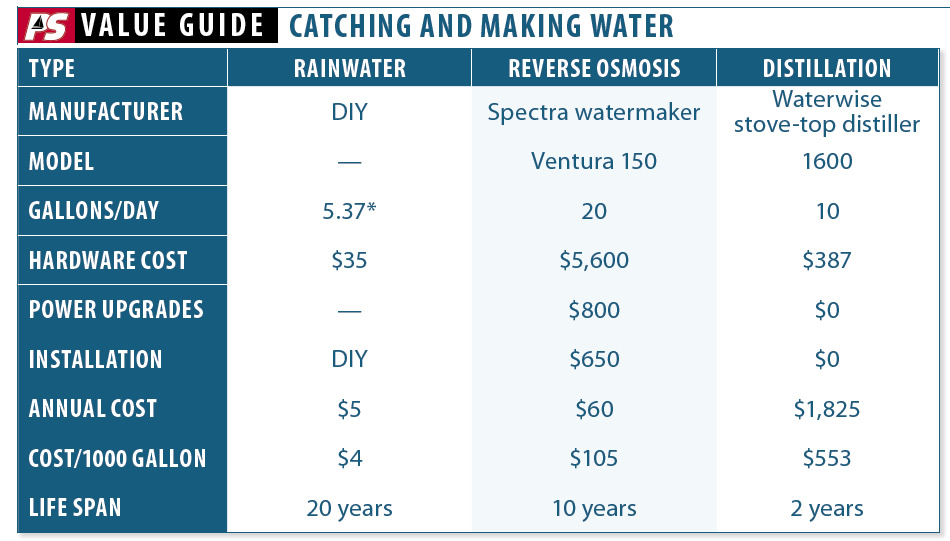
The sky isn’t the only source of “free” water for the ocean sailor. Reverse osmosis and distillation can convert saltwater into drinking water, but the costs are much higher.
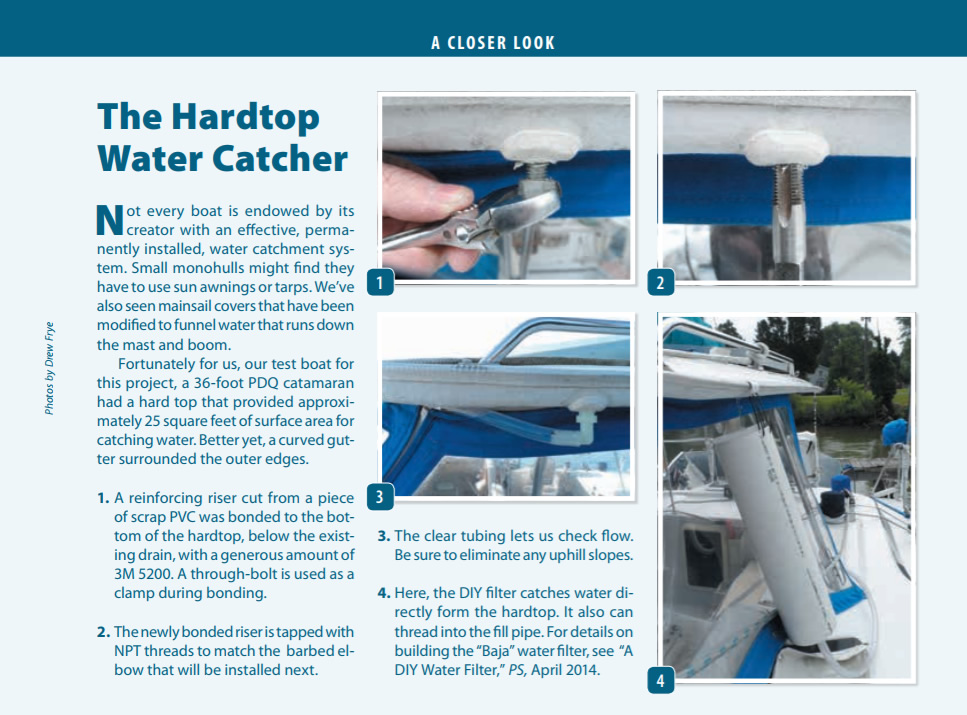
Not every boat is endowed by its creator with an effective, permanently installed, water catchment system. Small monohulls might find they have to use sun awnings or tarps. We’ve also seen mainsail covers that have been modified to funnel water that runs down the mast and boom.
Fortunately for us, our test boat for this project, a 36-foot PDQ catamaran had a hard top that provided approximately 25 square feet of surface area for catching water. Better yet, a curved gutter surrounded the outer edges.
- A reinforcing riser cut from a piece of scrap PVC was bonded to the bottom of the hardtop, below the existing drain, with a generous amount of 3M 5200. A through-bolt is used as a clamp during bonding.
- The newly bonded riser is tapped with NPT threads to match the barbed elbow that will be installed next.
- The clear tubing lets us check flow. Be sure to eliminate any uphill slopes.
- Here, the DIY filter catches water directly form the hardtop. It also can thread into the fill pipe. For details on building the “Baja” water filter, see “A DIY Water Filter,” PS, April 2014.

































